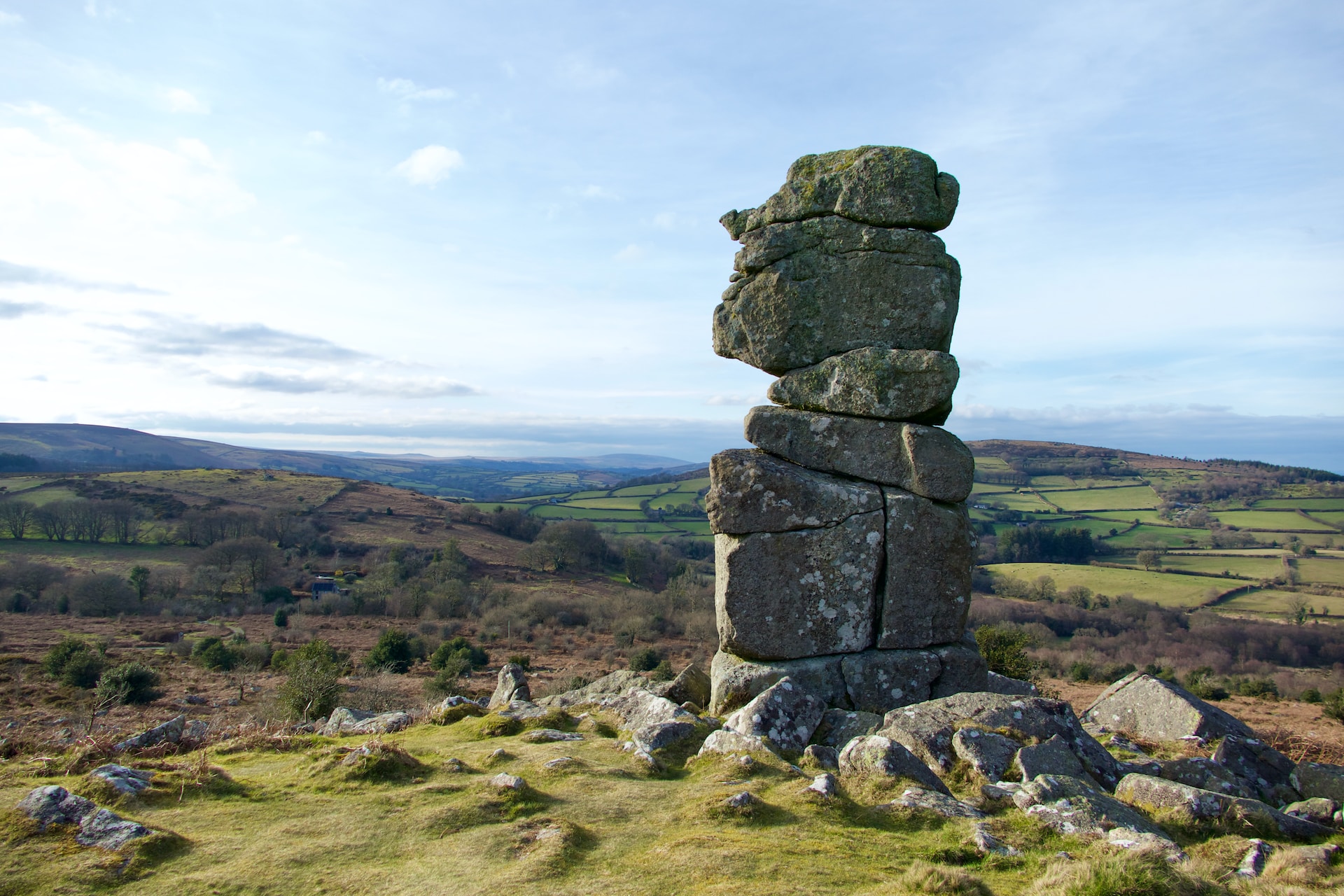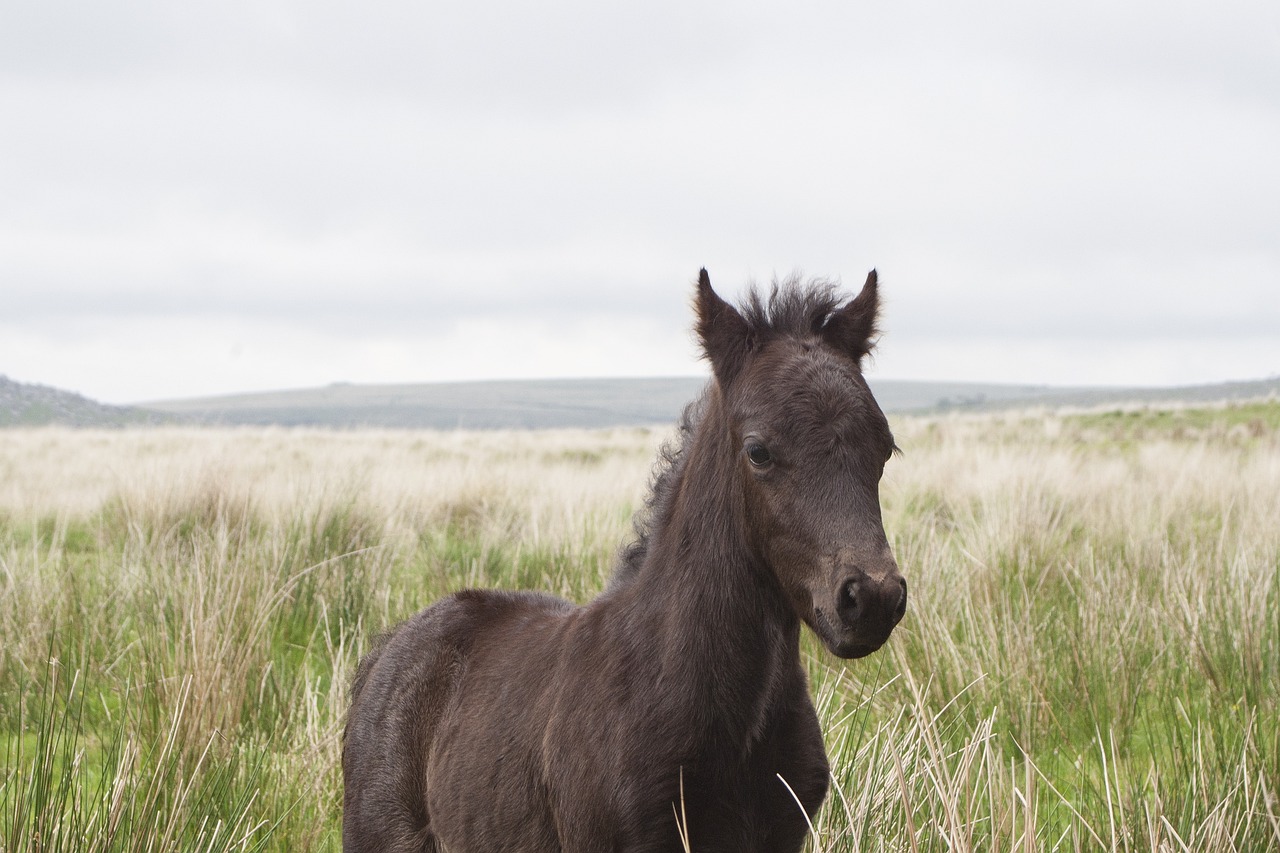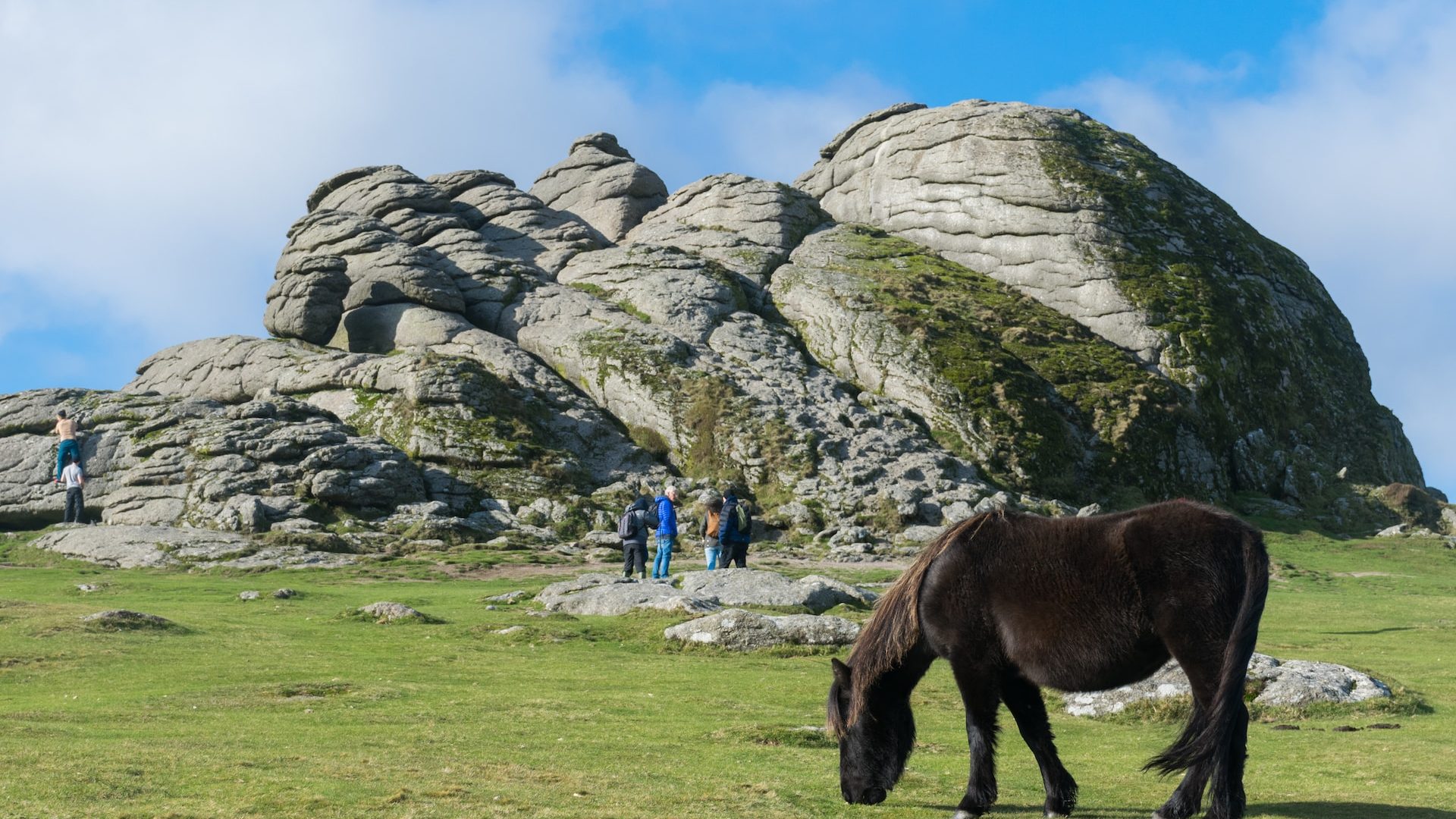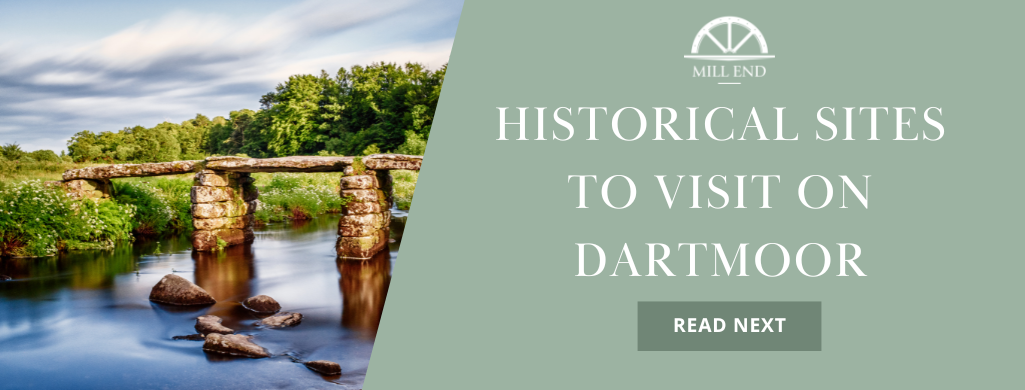Dartmoor has a rich history, fascinating geography and plenty of things to discover. We take a look at some frequently asked questions and share some interesting facts about Dartmoor National Park.
How Big Is Dartmoor National Park?
Dartmoor National Park is 368 square miles or 954 square kilometres. This is about the same size as 18,000 football fields! It spans about 20 miles from North to South and 20 miles from East to West.
Who Owns Dartmoor?
Dartmoor National Park is made up of land owned by several different people, including many farmers and The Duchy of Cornwall, which owns around a third of the land. Some of the land belongs to the Dartmoor National Park Authority, including Haytor. The National Parks and Access to the Countryside Act 1949 allowed land on Dartmoor to be accessed as part of a National Park.
How Much of Dartmoor Can You Walk On?
Dartmoor National Park has 47,000 hectares (182 square miles) of unenclosed common land and open country that you are free to roam. There are 450 miles of public rights of way. On the open moor, you can choose your own walking route and don’t have to stick to footpaths if you would prefer to roam more freely.

What is the Highest Point of Dartmoor?
The highest point on Dartmoor is High Willhays, which is 621 metres or 2,039 feet above sea level. This is also the highest point in the South of England.
What is the Lowest Point of Dartmoor?
Doghole Bridge is the lowest point on Dartmoor – it is 30 metres or 98 feet above sea level.
What is the Rock on Dartmoor?
65% of Dartmoor is made of granite. These granite rocks were created around 295 million years ago.
How Many Tors Are On Dartmoor?
Dartmoor National Park has over 160 tors. These tors are outcrops of granite that are usually on the top of a hill. Many people like to attempt climbing the tors as their peaks offer stunning views of the Dartmoor landscapes.
Each tor on Dartmoor is unique, with its own distinct formation. Some of the best tors for exploring include Haytor, Bowerman’s Nose, Great Links Tor, Hound Tor, Yes Tor and Pew Tor.

How Many Rivers Are on Dartmoor?
There are many rivers that start on Dartmoor, including the Dart, Teign, Avon, Bovey, Taw, Yealm, Erme, Plym, Walkham, Tavy, Lyd and East and West Okement. Rivers on Dartmoor are home to a variety of wildlife, including otters, grey wagtail, dippers and kingfishers. Salmon and trout are common in some Dartmoor rivers, allowing for plenty of Dartmoor fishing opportunities. At Mill End Hotel, we have named all of our rooms after the beautiful rivers of Dartmoor.
Do People Live on Dartmoor?
There are 34,500 people living in Dartmoor, although more people stay in the area during holiday periods. The biggest population in Dartmoor National Park is in Ashburton, where 3,500 people live.
Other main towns and villages in the National Park include Buckfastleigh, Moretonhampstead, Princetown, Yelverton, Horrabridge, South Brent, Christow, and Chagford. Mill End is a Hotel in Chagford.
What is the Land on Dartmoor Used For?
Around 90% of the land on Dartmoor is actually used for farming. Around 37% is common land. There are 50,000 cows, ponies and sheep kept on Dartmoor National Park for farming.

Are the Ponies on Dartmoor Wild?
No, the ponies on Dartmoor are not wild; all of them belong to farmers or pony keepers. However, many are not handled by these farmers, so they should not be approached. They are allowed to roam freely on Dartmoor. In the past, they were used to transport items like food, tin or wool across the moors.
Is Dartmoor Prison Still Open?
There is a prison on Dartmoor that is still open and used as a working prison today. The HM Prison Dartmoor is located in Princetown, high on Dartmoor. It is a Category C men’s prison with high granite walls. HMP Dartmoor is owned by the Duchy of Cornwall and operated by His Majesty’s Prison Service.
The prison was opened in 1809 and was originally a Prisoner of War prison constructed during the Napoleonic War.
Is Dartmoor Used For Military Training?
Dartmoor is still used for military training and has been since the early 1800s. The Ministry of Defence owns 14% of Dartmoor. The Dartmoor Training Area consists of approximately 13,000 hectares (50 square miles) and is used by the British Army, Royal Navy, Royal Marines and Royal Air Force. There are two training camps, and three established firing ranges on Dartmoor. Live firing times are published six weeks in advance, so you can ensure you don’t wander into the wrong area!
How Many Landmarks Are On Dartmoor?
Dartmoor National Park has 1,078 scheduled monuments and 2,800 listed buildings across its landscape.
Where Are The Bronze Age Remains on Dartmoor?
Dartmoor has the highest concentration of Bronze Age remains in Britain. There are some places where you can see the remains of villages where people lived and worked 4,500 years ago in the Bronze Age.
Grimspound is one settlement that dates back to the Middle Bronze Age (around 1500 BC). It features a massive stone enclosure and small hut circles – the remains of Bronze Age housing.
Another location is the Merrivale Bronze Age ceremonial complex, which has two stone rows, a stone circle, standing stones, and burial cairns that were believed to have been constructed between the Late Neolithic to Early Bronze Age (3rd to 2nd millennia BC).
If you would like to explore Dartmoor yourself and see some of these fascinating landscapes and landmarks for yourself, stay with us at Mill End to have the perfect base for relaxing at the end of the day.

